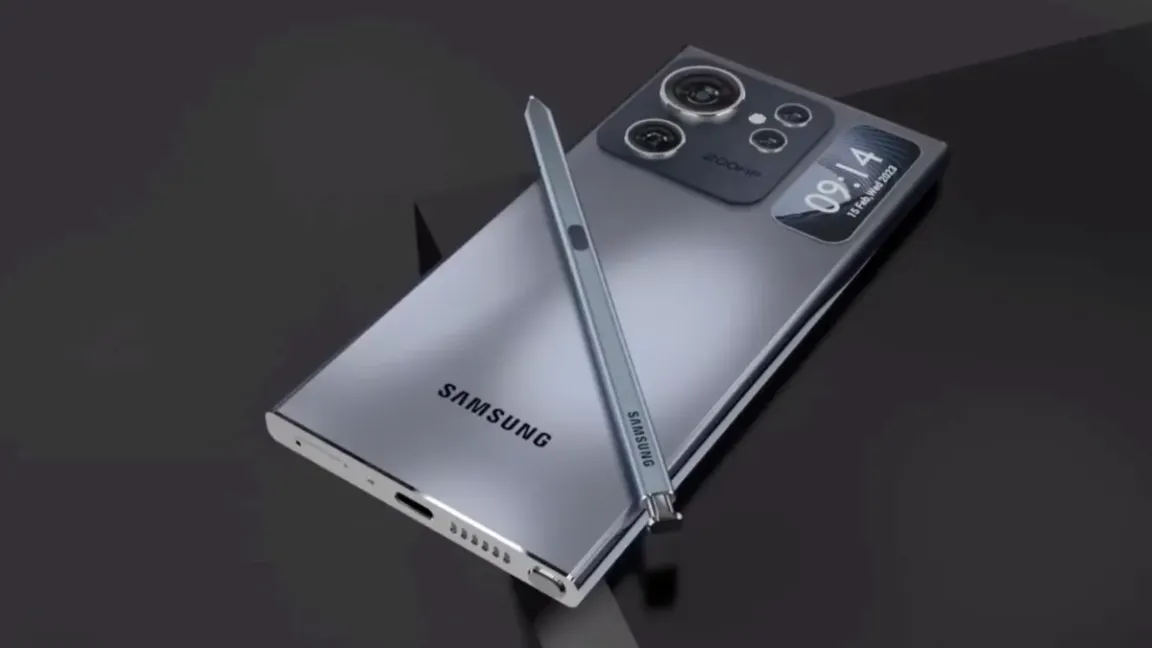If you’re already considering the future of Samsung’s flagship smartphones, you might be interested in the upcoming Galaxy S24 series. Expected to be released early next year, these phones are worth looking forward to. While there isn’t much information about the design of the Galaxy S24 yet, it’s unlikely to have a radical departure from Samsung’s recent designs. The company has been consistent in its design language across its phones this year, so significant changes might not be on the horizon for 2024.

A rumour suggests that Samsung could remove the Galaxy S24+ from its lineup, leaving only the smaller Galaxy S24 and the productivity-focused Galaxy S24 Ultra. This move would make sense as the Galaxy S23+ and S23 Ultra are quite similar, and eliminating the cheaper option could entice consumers to spend more on their next smartphone. However, these rumours are still early, and we’ll have to wait for official confirmation from Samsung.
In terms of specifications, it’s reasonable to expect that the Galaxy S24 will be powered by the yet-to-be-announced Snapdragon 8 Gen 3 SoC. Samsung collaborated with Qualcomm to create a custom Snapdragon 8 Gen 2 variant for the Galaxy S23, so this partnership will likely continue. The phones will probably have between 8GB and 12GB of RAM and different storage options depending on your budget.
As for the software, we can anticipate the arrival of One UI 6, based on Android 14. It’s expected to debut on the Galaxy Z Fold 5 and Galaxy Z Flip 5 before being extended to the entire Galaxy S23 lineup. Therefore, the Galaxy S24 will likely launch with either One UI 6 or a newer version like One UI 6.1. These updates will bring new features and improvements to the user experience, but we’ll have to wait for the beta release to get more details.
In terms of the camera, Samsung may push the boundaries further. The Galaxy S23 Ultra already featured a massive 200MP primary camera, but it wouldn’t be surprising if Samsung goes even further. With the trend towards 1-inch sensors becoming more popular in Europe and China, it’s possible that Samsung will adopt larger sensors for its upcoming phones in the United States.
Additionally, Samsung typically uses its ISOCELL sensors for the primary lenses, and there are indications that the company might replace the Sony IMX sensors it currently uses for zoom lenses with its own ISOCELL Zoom and ISOCELL Zoom Pro sensors.
Leave a Reply